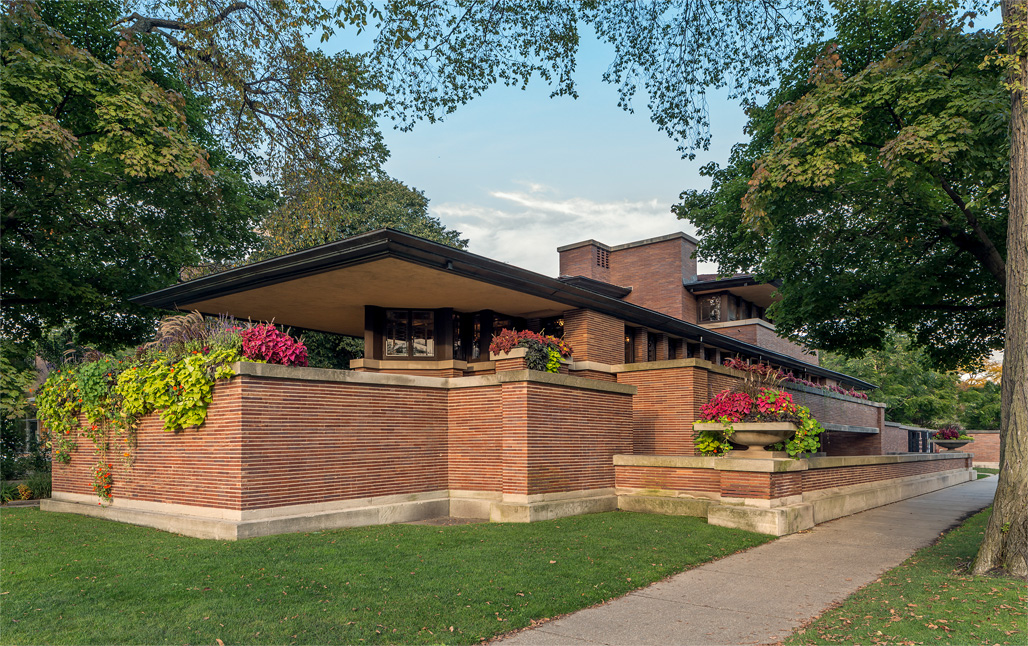DESIGN ELEMENTS




Photographs by James Caulfield.
Related Lessons
Learn about illustrator and artist Maginel Wright Enright, the younger sister of Frank Lloyd Wright, and use her art as inspiration for your own Felt Collage or Yarn Art.
70 minutes
3-5 / 6-8 / K-2
Design / Explore / Interpret / Look
Social Studies / Visual Arts
Research the historical context of Wright’s designs before creating a timeline.
100 minutes
9-12
Design / Explore / Interpret
Media Literacy / Social Studies / Visual Arts
Learn about the “total work of art” design philosophy and compare it to Wright’s concept of “organic architecture”. Design an interior room as one cohesive work of art.
120 minutes
9-12
Design / Interpret / Look
Language Arts / Media Literacy / Social Studies / Visual Arts
Interpret the Robie House living room as a graphic score. Compose music inspired by architectural images.
120 minutes
9-12
Design / Explore / Interpret / Look
Visual Arts
Create a class quilt inspired by Frank Lloyd Wright and his love of the earth. This lesson teaches students about how fruits and vegetables grow and examines how community gardens can help address childhood hunger.
135 minutes
3-5 / K-2
Design / Explore / Look
Science / Social Studies / Social-Emotional Learning / Visual Arts